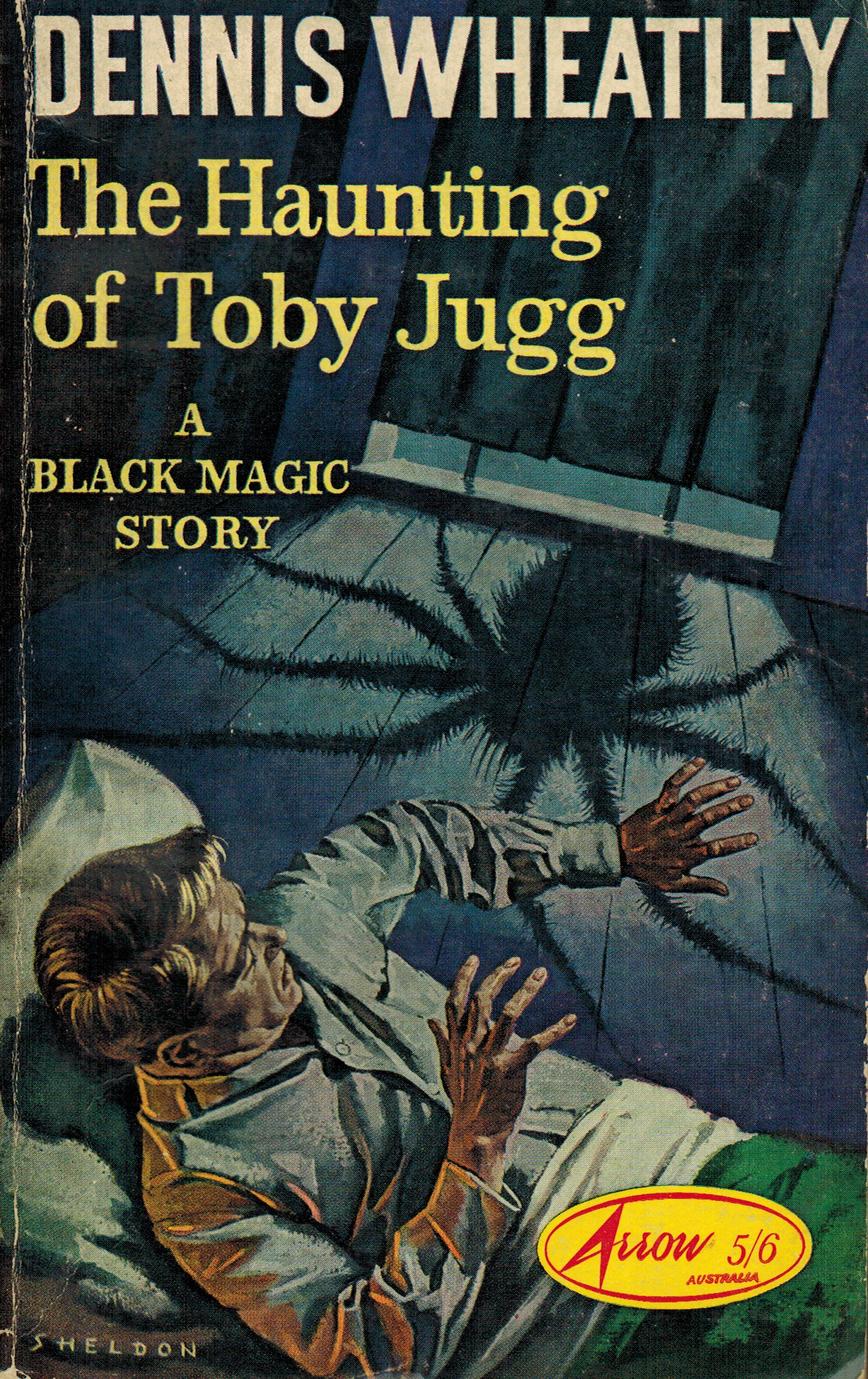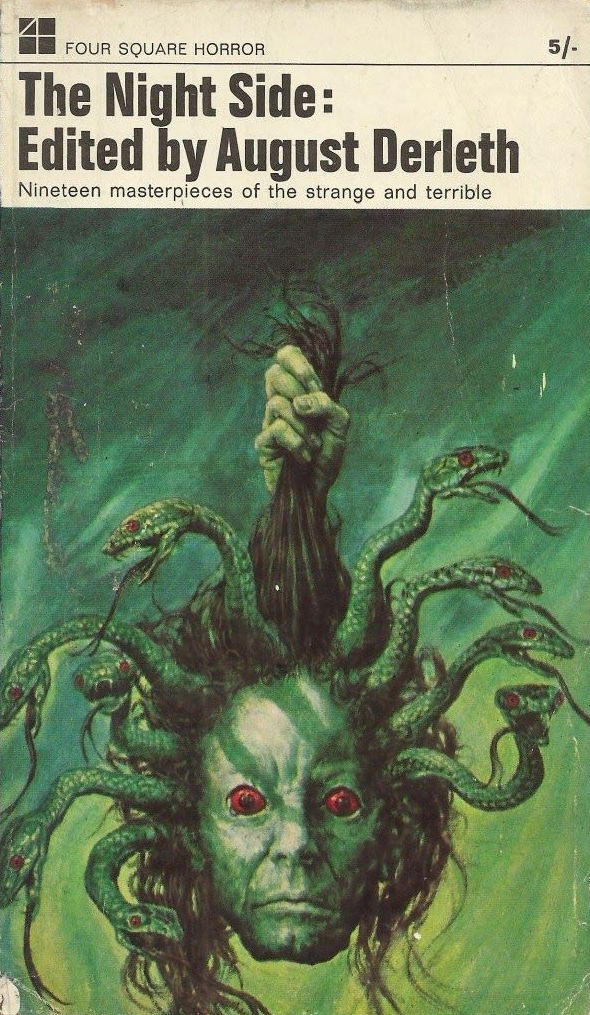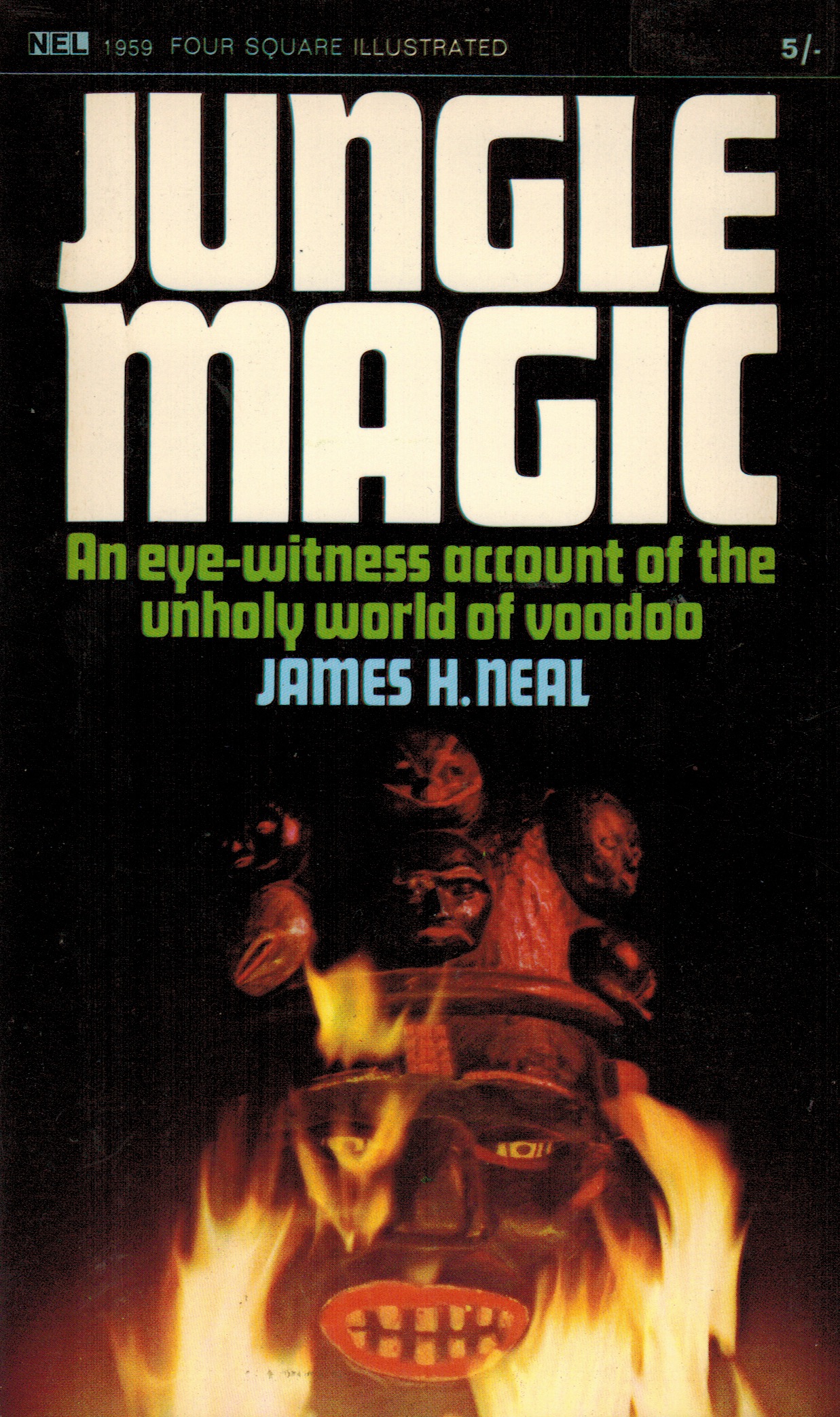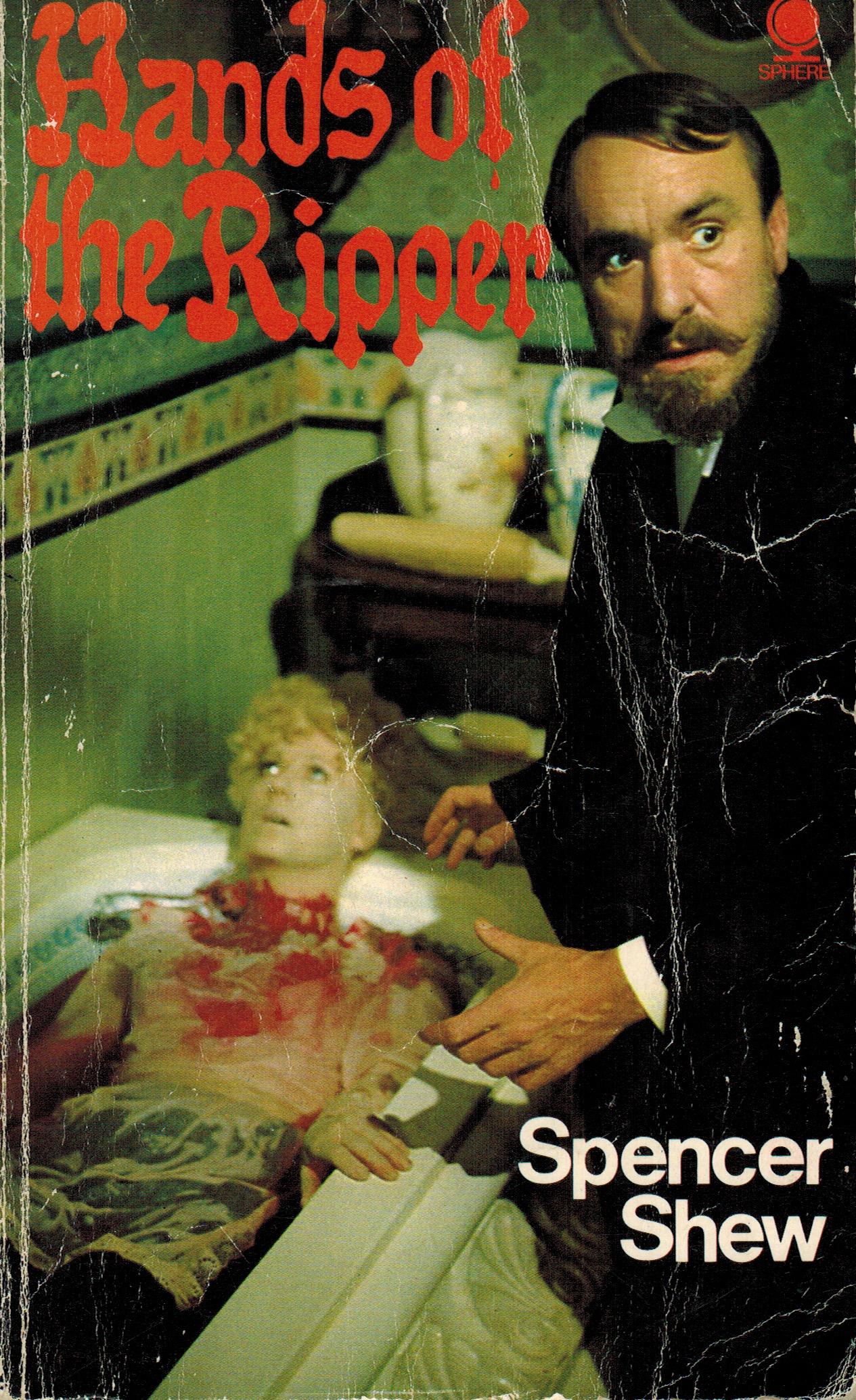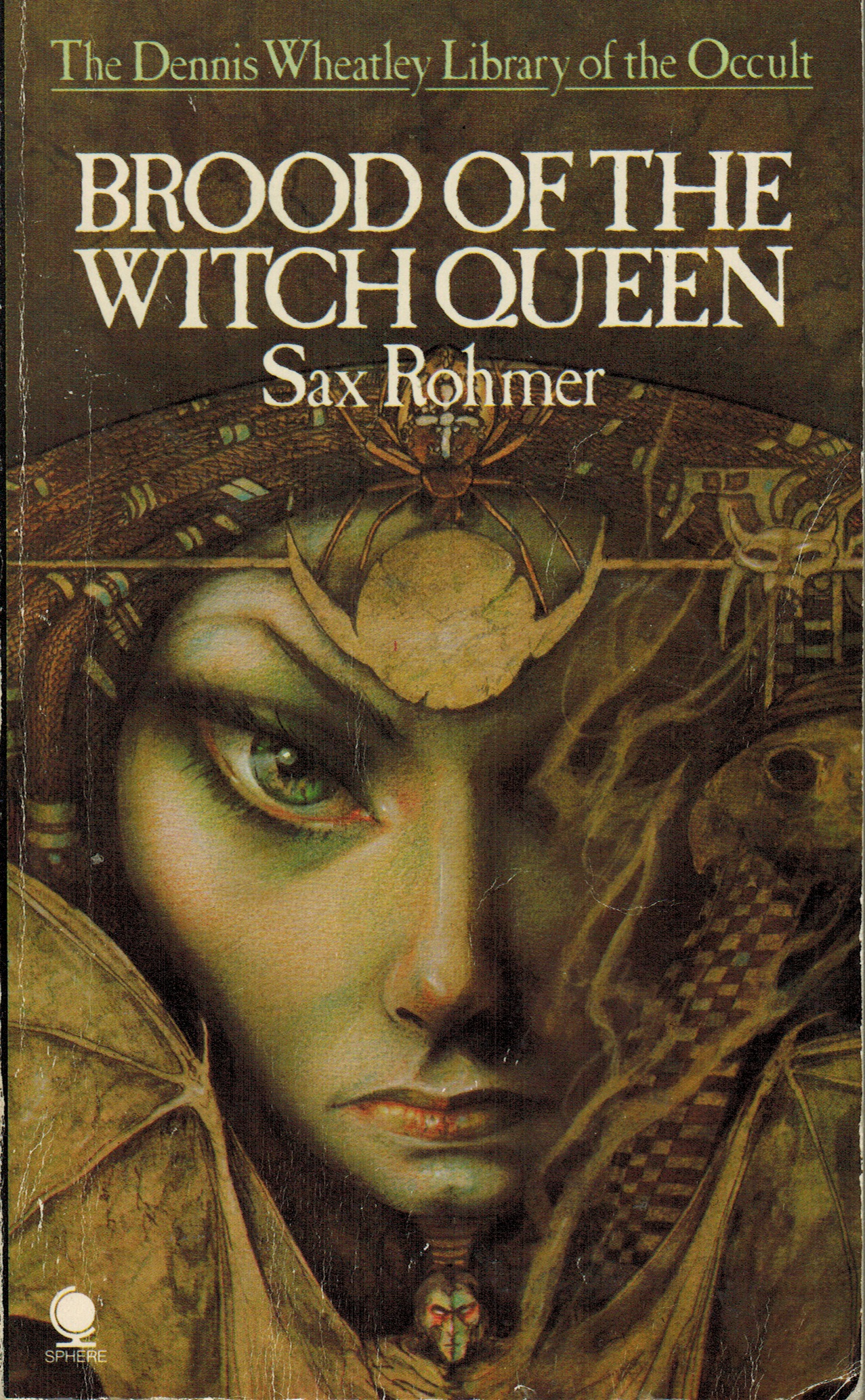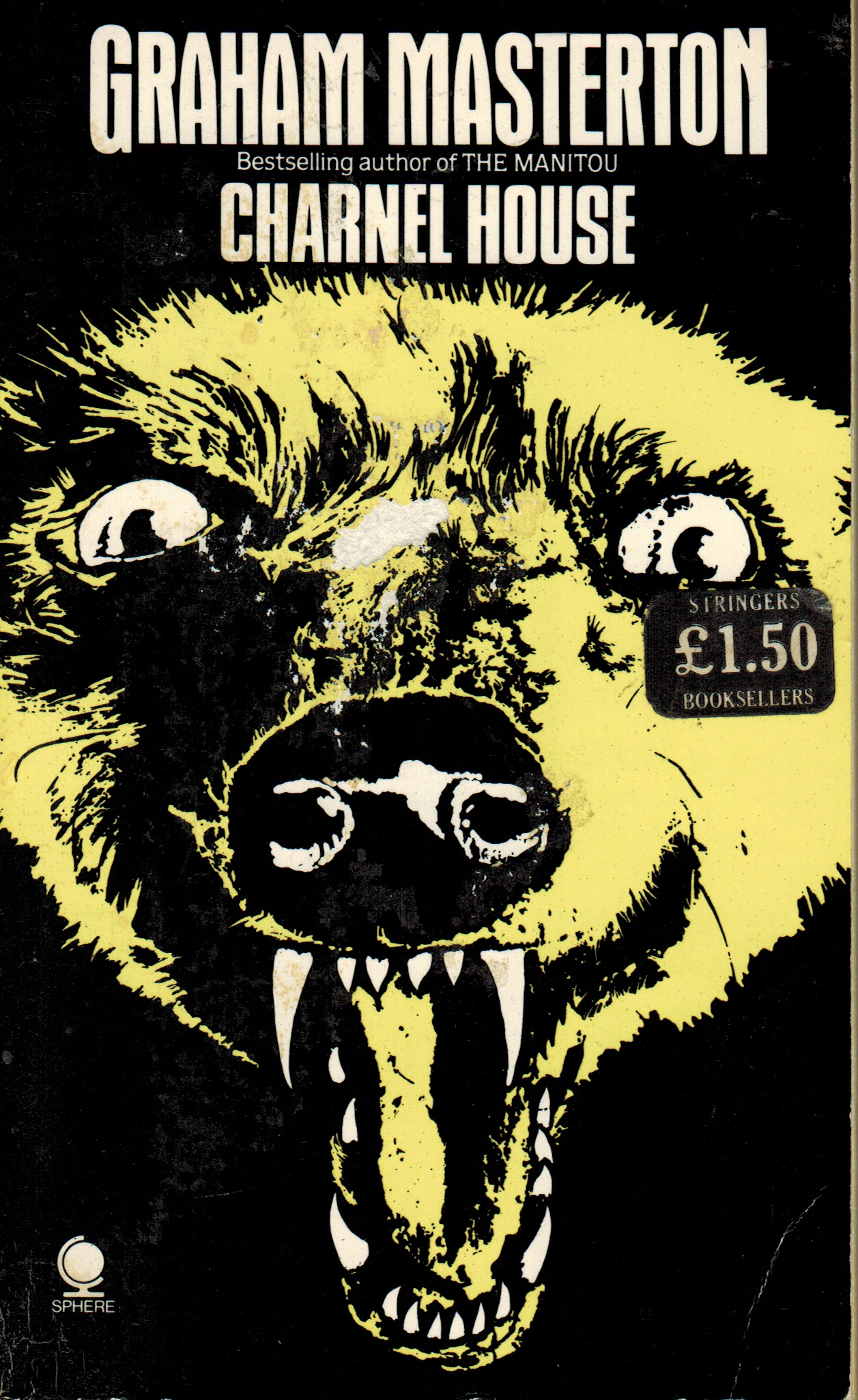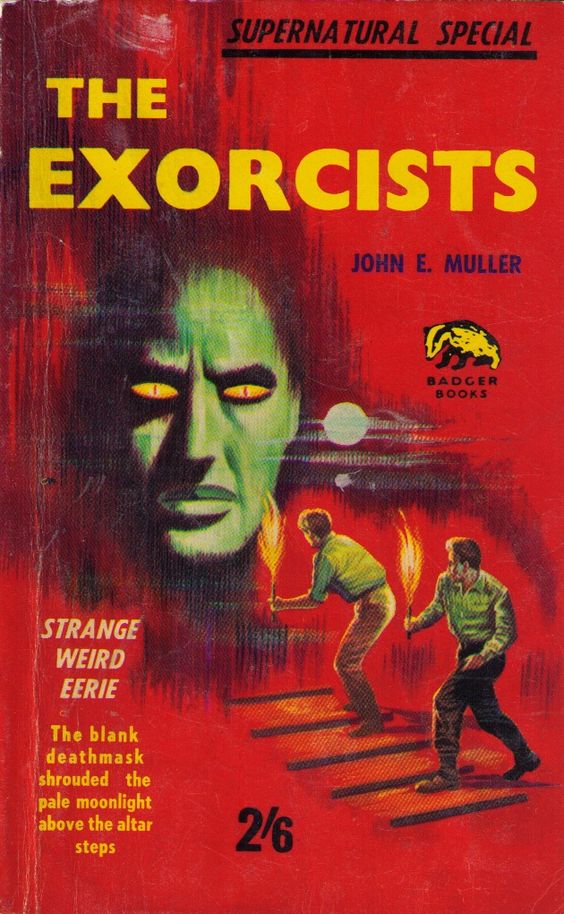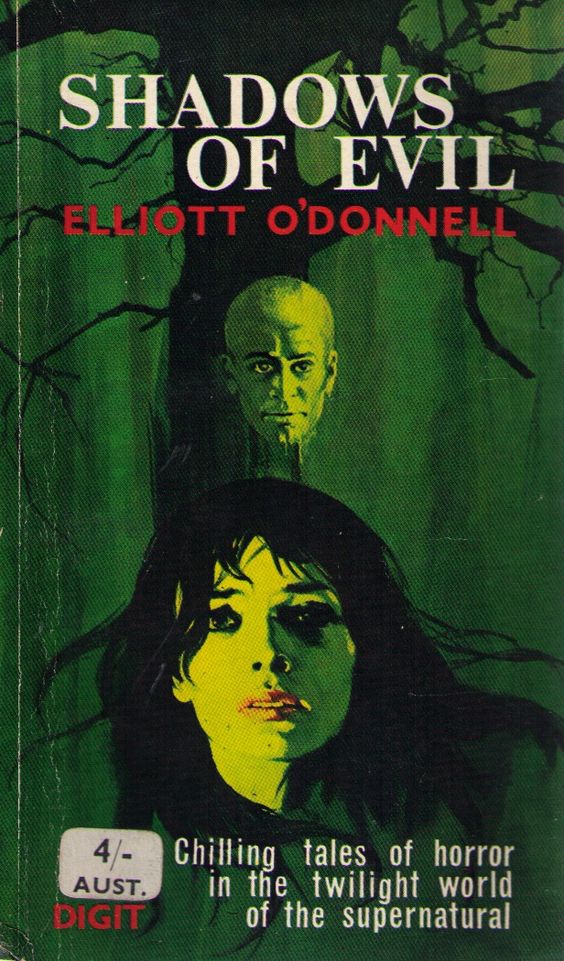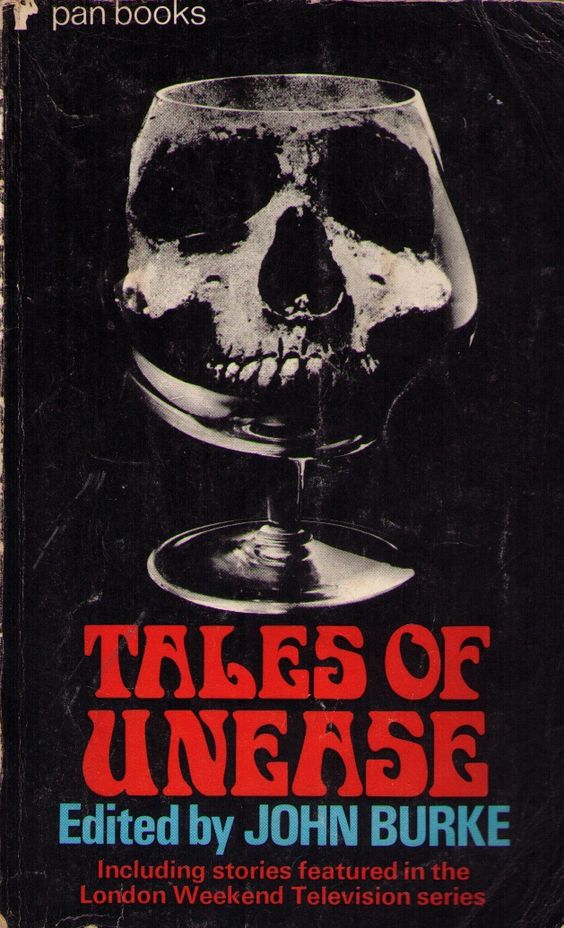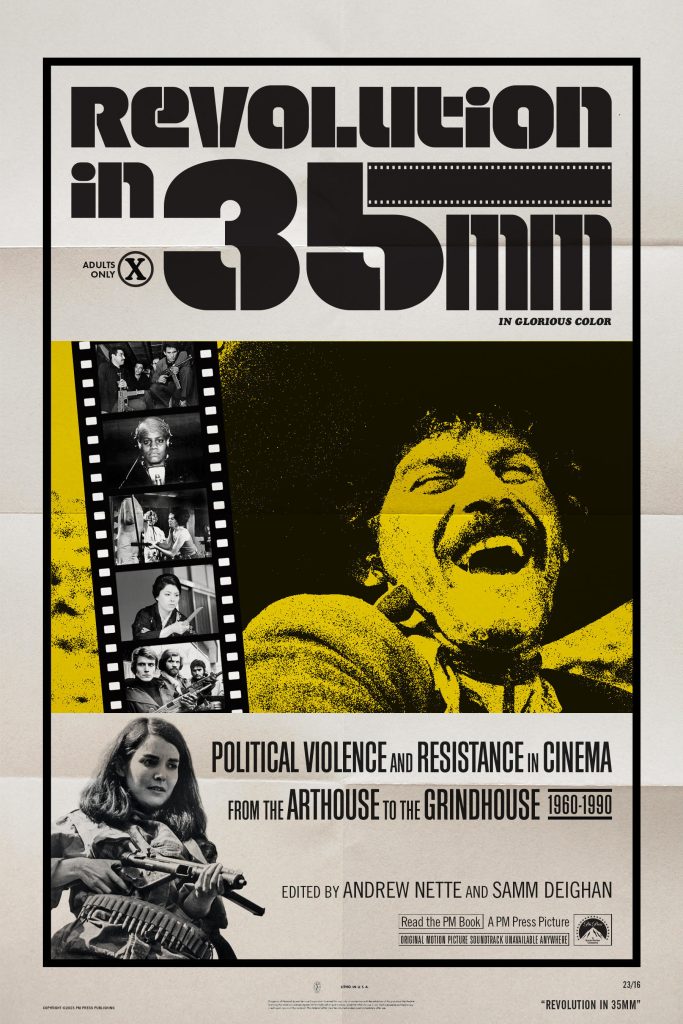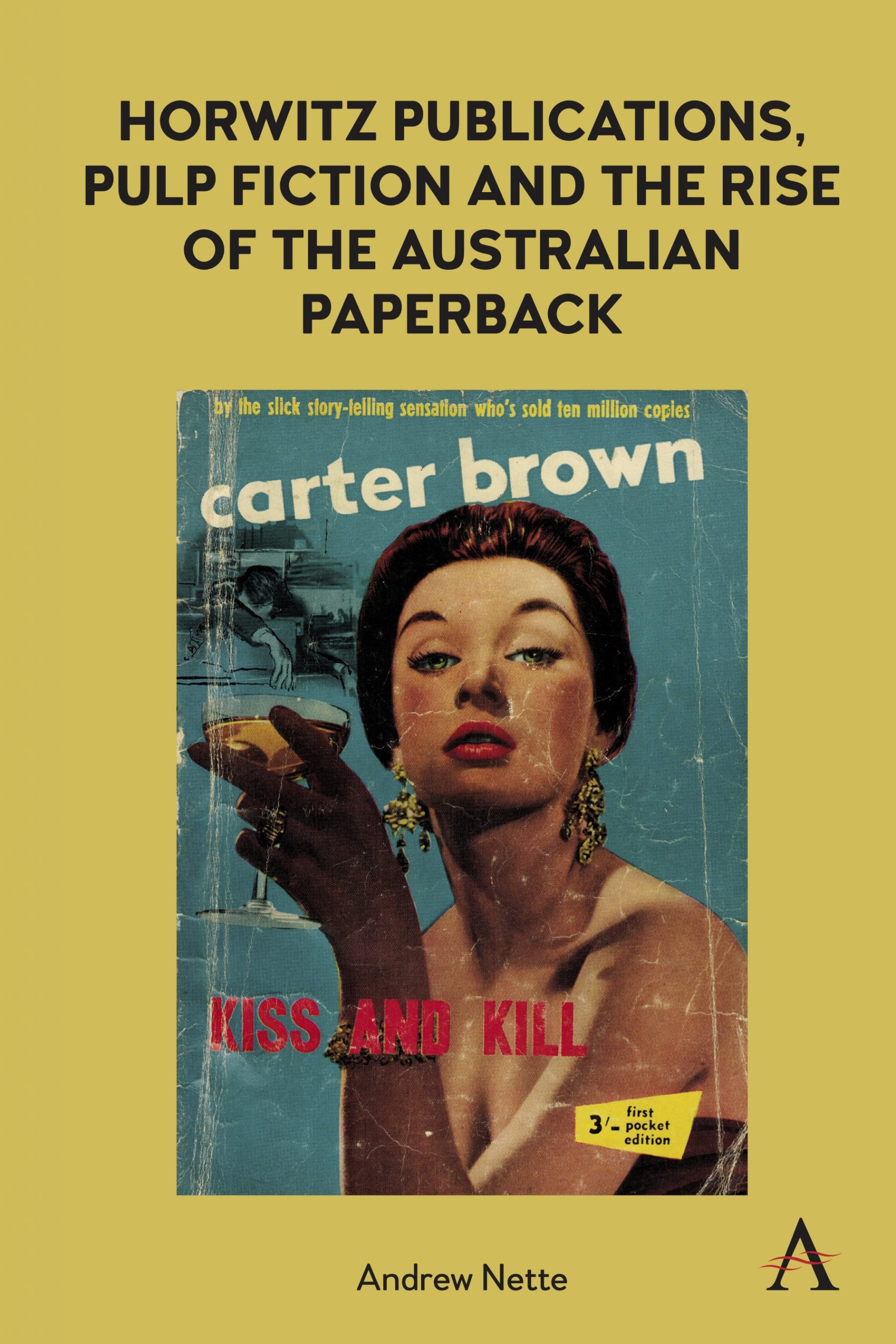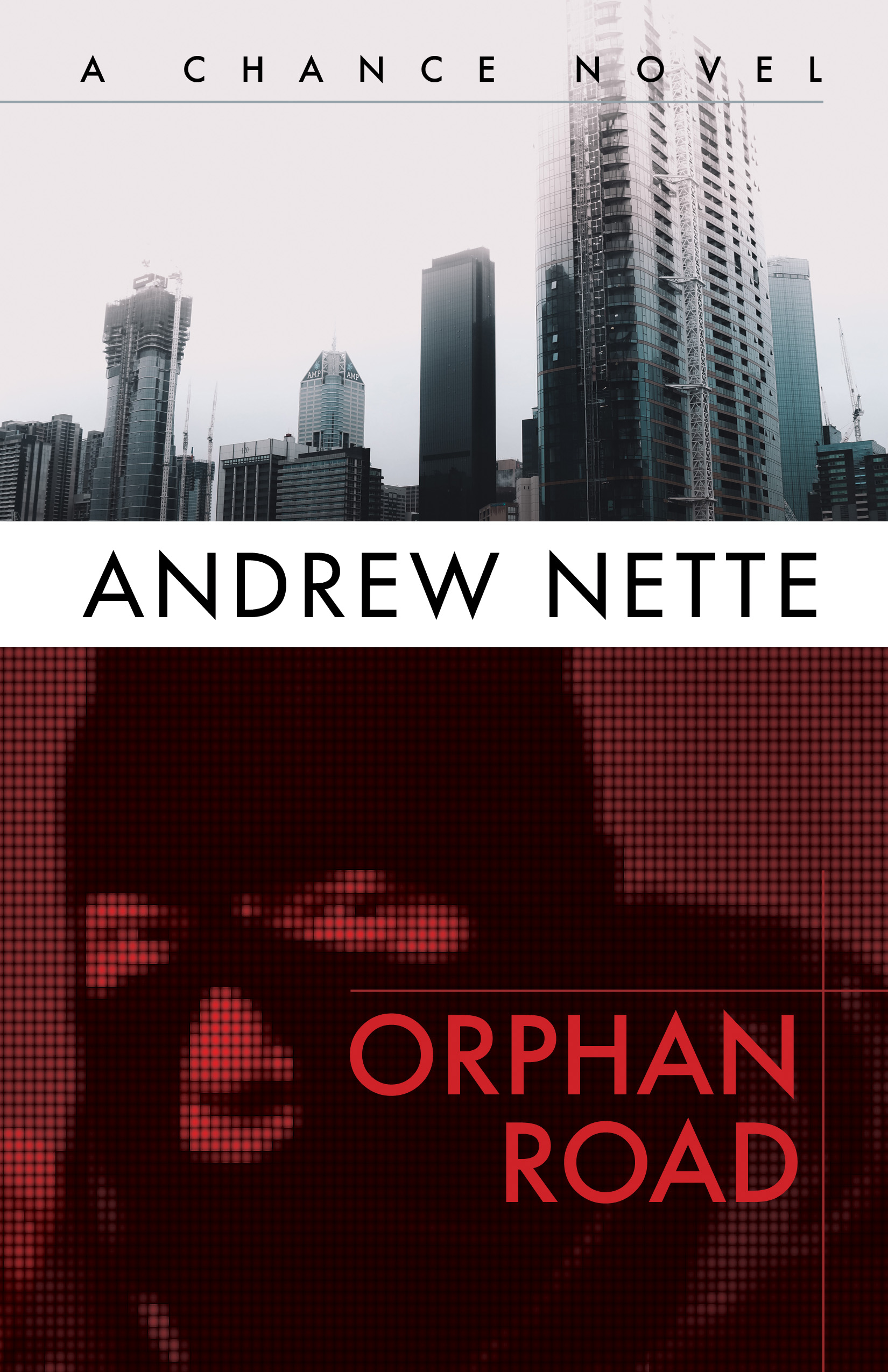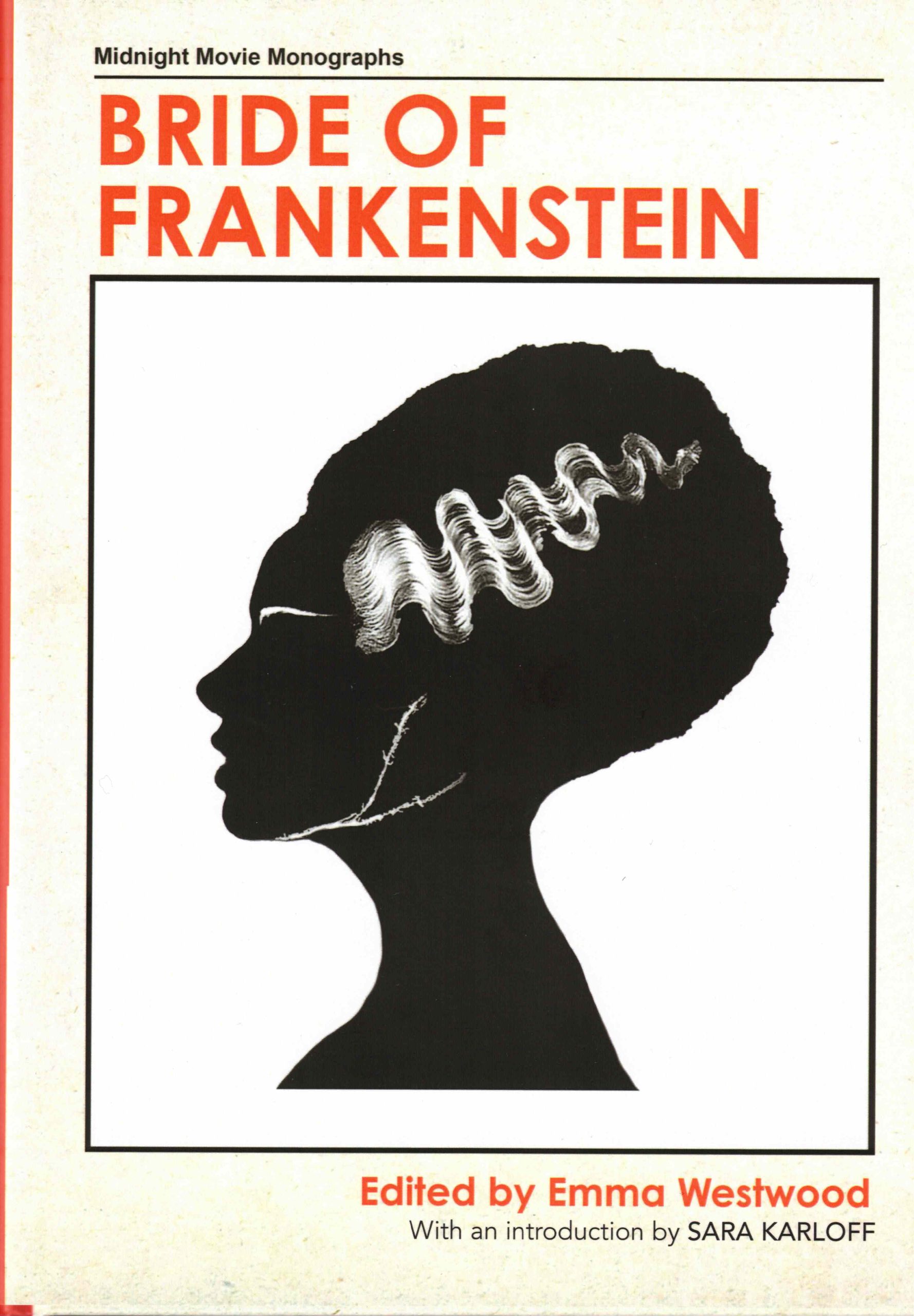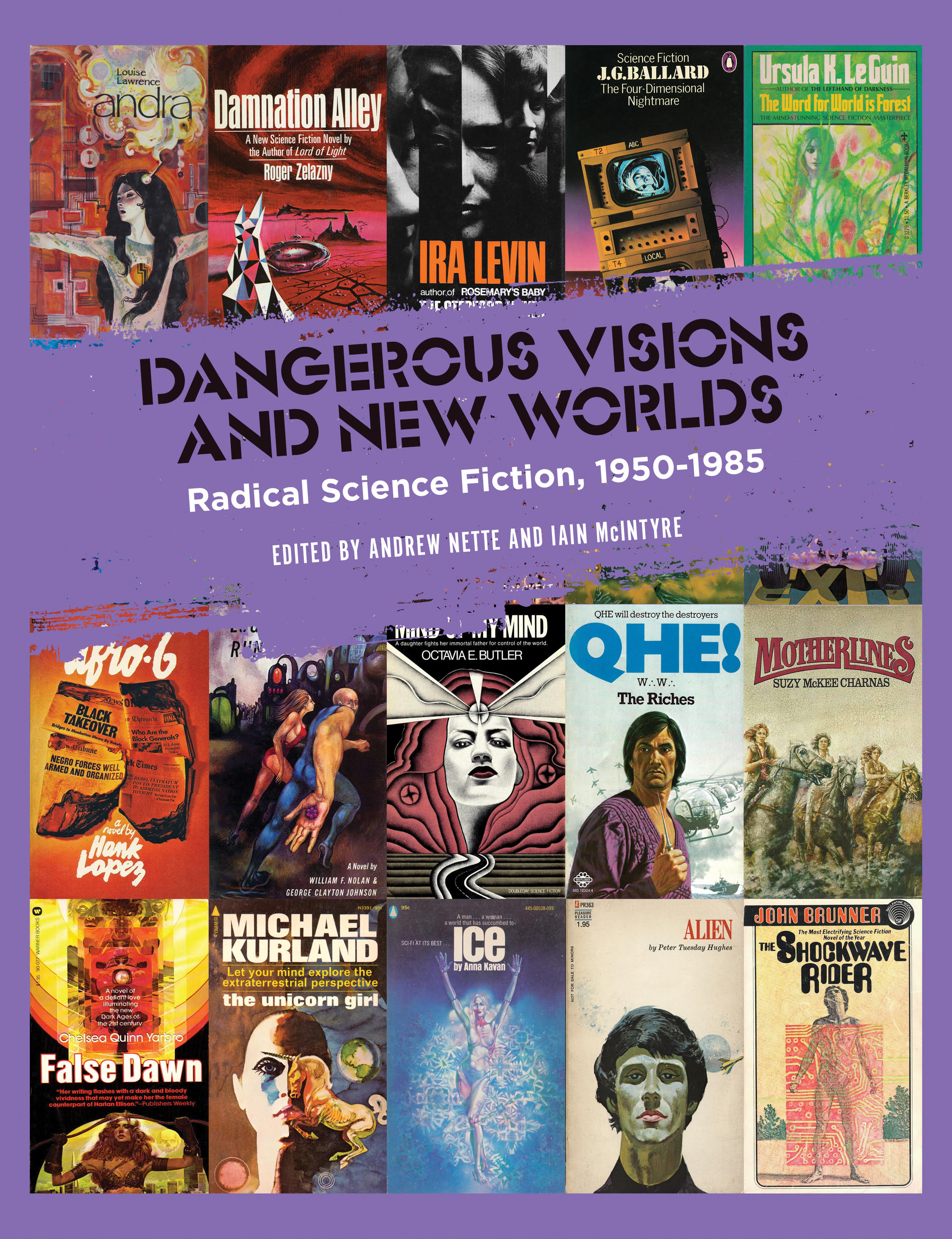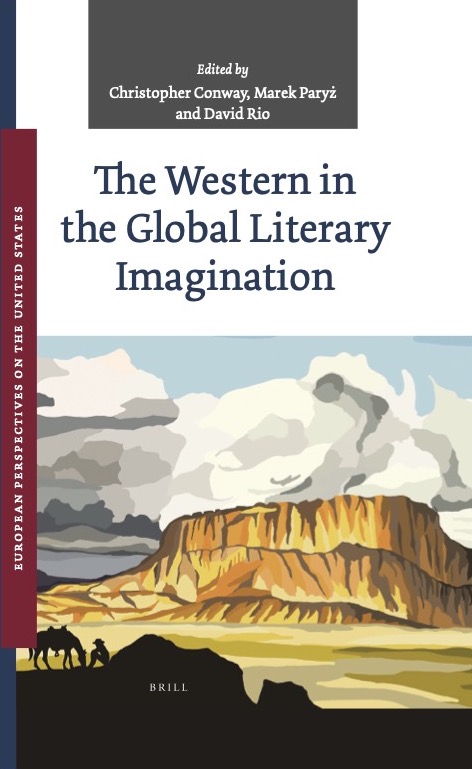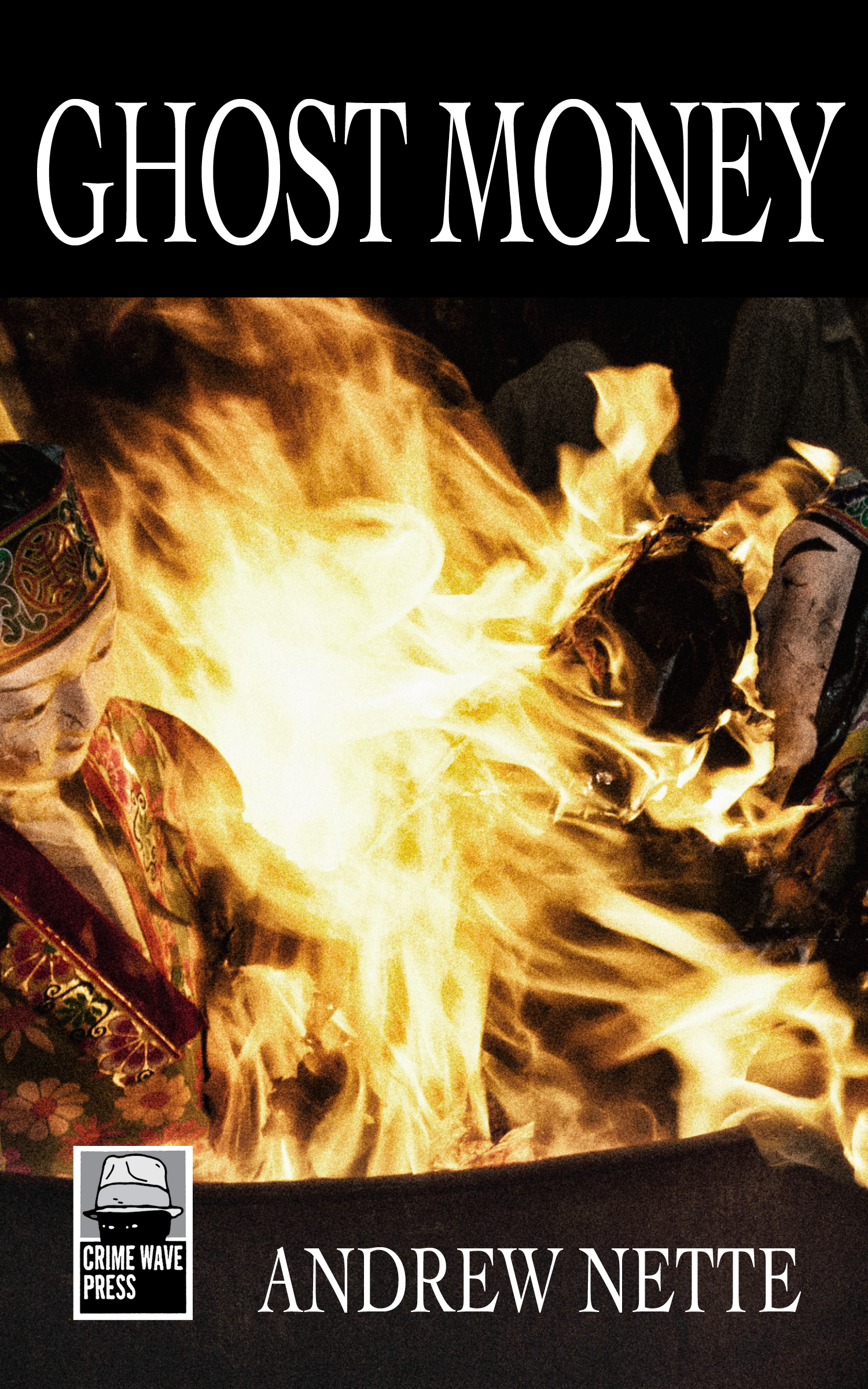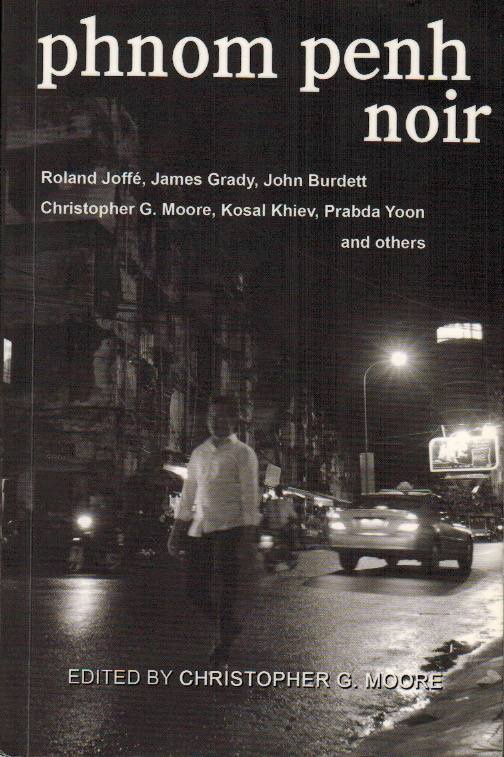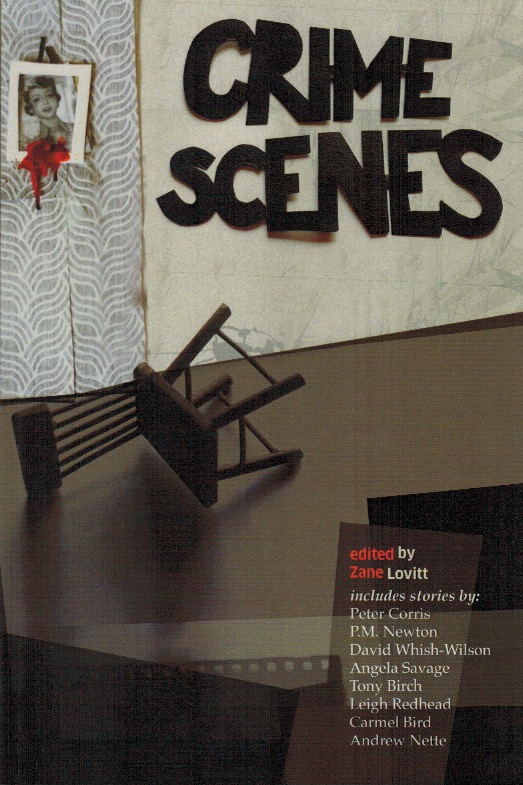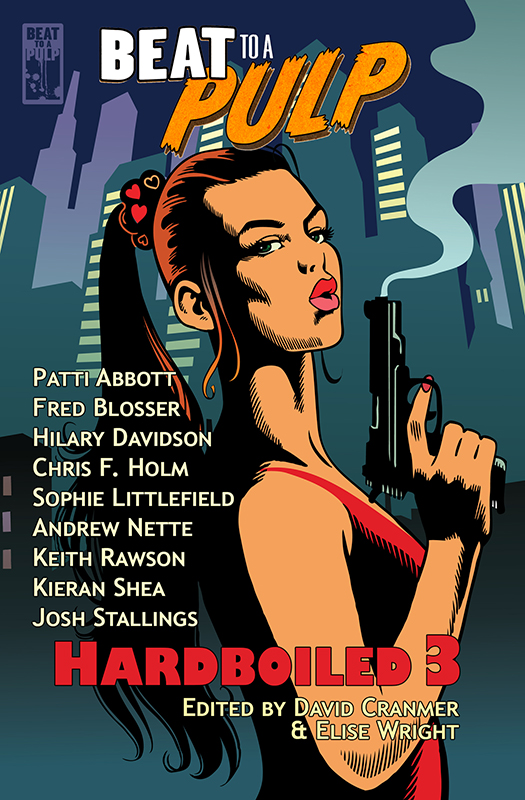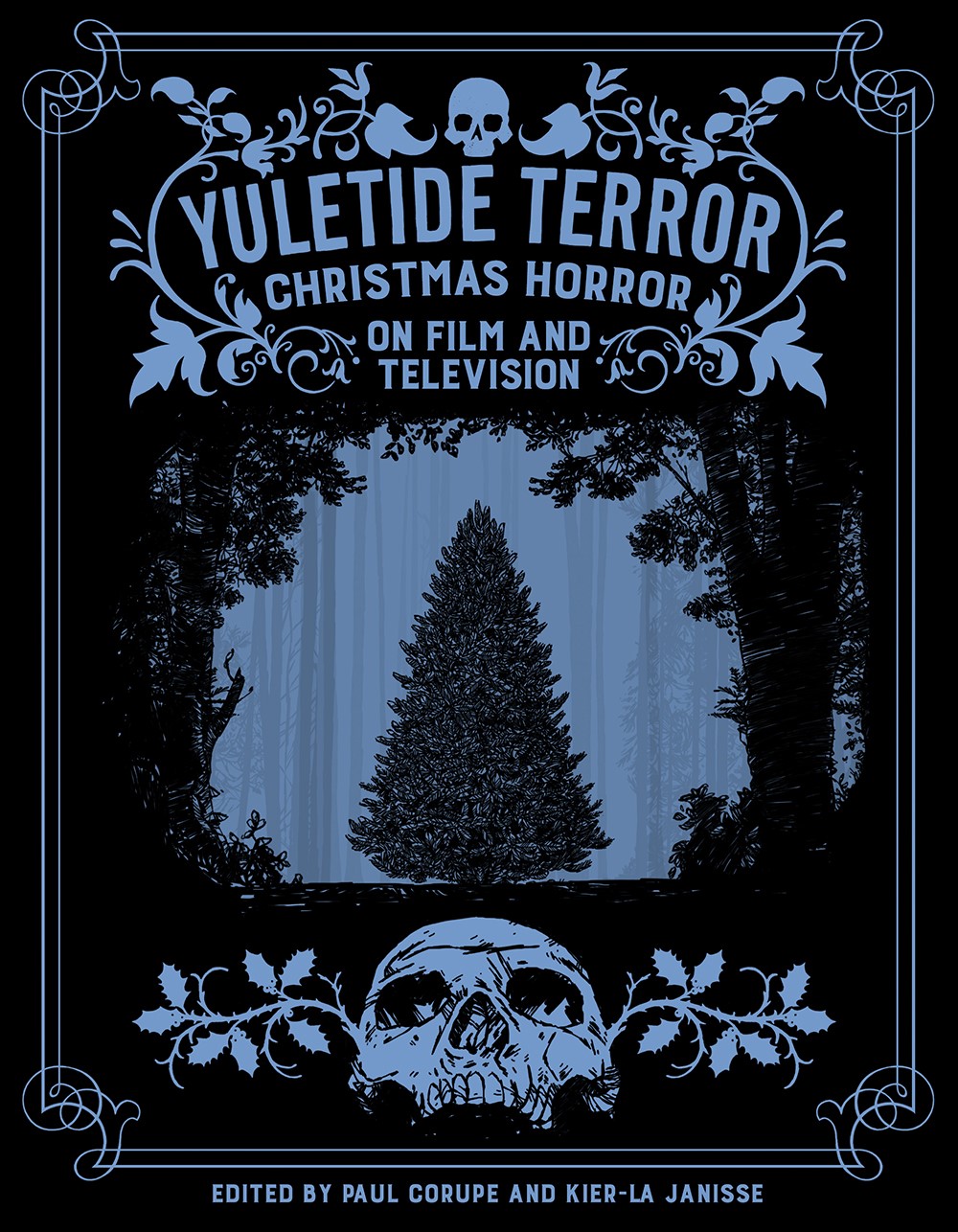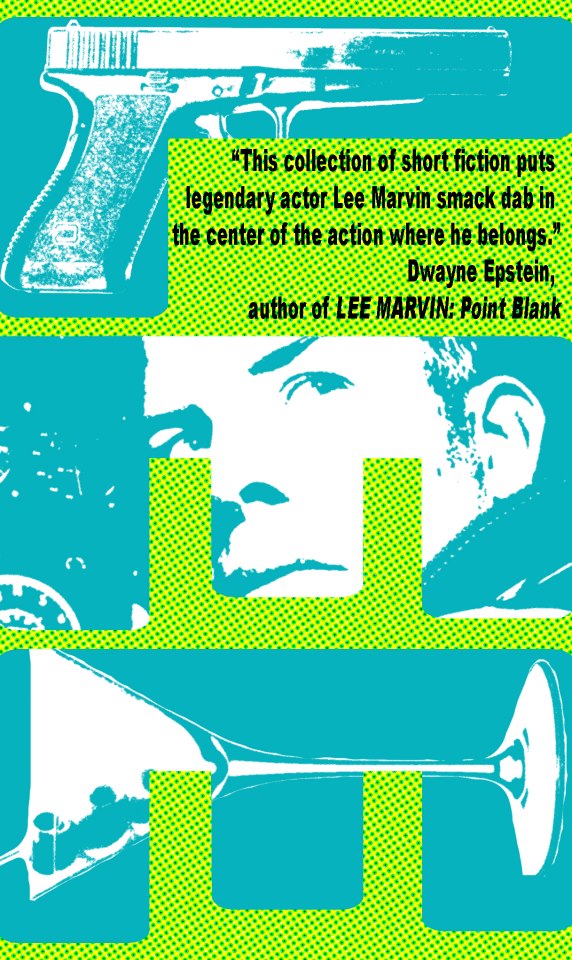Search
-
Recent Posts
- Dishing up Pulp Curry in a new way: why I am starting a Substack newsletter
- Book reviews: Deadly dames, midcentury Brit pulp and 1970s science fiction
- Mackenna’s Gold (1969): Gold, Ghosts and Frontier Violence
- Orphan Road book launch
- Orphan Road now available
- Pre-orders open for my new novel, Orphan Road
- Cover reveal: Orphan Road, my follow up to Gunshine State
- Breakfast in the Ruins podcast: New English Library Bikermania
- Why 1973 was the year Sidney Lumet took on police corruption
- Men’s Adventure Quarterly: Gang Girls issue
Categories
- 1960s American crime films
- 1970s American crime films
- 1980s American crime films
- 1990s American crime films
- Adrian McKinty
- Albert Dekker
- Andre De Toth
- Angela Savage
- Angie Dickinson
- Anthony Zerbe
- Asian noir
- Australian crime fiction
- Australian crime film
- Australian noir
- Australian popular culture
- Australian pulp fiction
- Australian television history
- Ava Gardner
- Beat culture
- Belmont Tower Books
- Ben Wheatley
- Billie Whitelaw
- Black pulp fiction
- Blaxsploitation
- Book cover design
- Book Reviews
- British crime cinema
- British pulp fiction
- Bryan Brown
- Burt Lancaster
- Carter Brown
- Charles Durning
- Charles Willeford
- Chester Himes
- Christopher G Moore
- Christopher Lee
- Cinema culture
- Claude Atkins
- Coronet Books
- Crawford Productions
- Crime Factory
- Crime Factory Publications
- Crime fiction
- Crime fiction and film from Africa
- Crime fiction and film from Cambodia
- Crime fiction and film from China
- Crime fiction and film from India
- Crime fiction and film from Indonesia
- Crime fiction and film from Japan
- Crime fiction and film from Laos
- Crime fiction and film from Latin and Central America
- Crime fiction and film from Malaysia
- Crime fiction and film from New Zealand
- Crime fiction and film from Scandinavia
- Crime fiction and film from Singapore
- Crime fiction and film from South Korea
- Crime fiction and film from Thailand
- Crime fiction and film from the Philippines
- Crime Fiction and film set in Vietnam
- Crime film
- Dangerous Visions and New Worlds Radical Science Fiction 1950 to 1985
- David Goodis
- David Peace
- David Whish-Wilson
- Derek Raymond
- Diana Dors
- Dirk Bogarde
- Don Siegel
- Don Winslow
- Donald Westlake aka Richard Stark
- Dystopian cinema
- Ernest Borgnine
- Eurocrime
- Fawcett Gold Medal Books
- Femme fatale
- Fernando Di Leo
- Filipino genre films
- Film Noir
- Forgotten Melbourne
- French cinema
- French crime fiction
- Garry Disher
- Gene Hackman
- George V Higgins
- Georges Simenon
- Ghost Money
- Giallo cinema
- Gil Brewer
- Girl Gangs, Biker Boys and Real Cool Cats: Pulp Fiction & Youth Culture, 1950-1980
- Gloria Grahame
- Gold Star Publications
- Gregory Peck
- Gunshine State
- Heist films
- Horror
- Horwitz Publications
- Humphrey Bogart
- Ian Fleming
- Interviews
- Ira Levin
- James Caan
- James Crumley
- James Ellroy
- James Hadley Chase
- James Woods
- Jim Brown
- Jim Thompson
- Joel Edgerton
- John Frankenheimer
- Joseph Losey
- Karen Black
- Kerry Greenwood
- Kinji Fukasaku
- Larry Kent
- Laura Elizabeth Woolett
- Lee Marvin
- Leigh Redhead
- Lindy Cameron
- M Emmet Walsh
- Mad Max
- Mafia
- Malla Nunn
- Martin Limon
- Megan Abbott
- Melbourne International Film Festival
- Melbourne Writers Festival
- Men's Adventure Magazines
- Michael Caine
- Michael Fassbender
- Mickey Spillane
- Monarch Books
- Ned Kelly Awards
- Neo Noir
- New English Library
- Newton Thornburg
- Noir Con
- Noir fiction
- Non-crime reviews
- Oren Moverman
- Orphan Road
- Ozsploitation
- Pan Books
- Parker
- Paul Newman
- Peter Boyle
- Peter Corris
- Peter Strickland
- Peter Yates
- Poliziotteschi
- Pulp fiction
- Pulp fiction in the 70s and 80s
- Pulp fiction set in Asia
- Pulp Friday
- Pulp paperback cover art
- Qui Xiaolong
- Raymond Chandler
- Richard Burton
- Richard Conte
- Robert Aldrich
- Robert Mitchum
- Robert Ryan
- Robert Stone
- Rock Hudson
- Roger Smith
- Rollerball
- Rosaleen Norton
- Roy Scheider
- Rural noir
- Sam Levene
- Sam Peckinpah
- Samuel Fuller
- Science fiction and fantasy
- Scripts Publications
- Sidney Lumet
- Sidney Poitier
- Simon Harvester
- Snowtown
- Snubnose Press
- Spies
- Stanley Baker
- Sterling Hayden
- Steve McQueen
- Sticking it the the Man Revolution and Counter Culture in Pulp and Popular Fiction 1950 1980
- Stuart Rosenberg
- Tandem Books
- Tart noir
- Tartan Noir
- Ted Lewis
- Toni Johnson Woods
- True crime
- Vicki Hendricks
- Victor Mature
- Vintage mug shots
- Vintage pulp paperback covers
- Wallace Stroby
- War film
- Westerns
- William Friedkin
- Woody Strode
- Yakuza films
- Yaphet Kotto
Nothing but noir
Recommended reading
The lurid world of pulp
- 20th century Danny Boy
- American Pulps
- Bear Alley
- Bloody, Spicy, Books
- Comics Down Under
- Everything second hand
- Existential Ennui
- Greenleaf Classic Books
- Irv O. Neil's Erotica is My Trade
- Killer Covers
- Lost Classics of Teen Lit 1939-1989
- Luminist Archives
- Men's Pulp Mags
- Mporcius Fiction Log
- Murder, Mayhem and Long Dogs
- Neglected Books
- Nocturnal Revelries
- Paperback Warrior
- Paperbacks of the Gods
- Pop Sensation
- Pulp artists
- Pulp Covers
- Pulp Crazy
- Pulp Flakes
- Pulp International
- Pulp Magazines Project
- Pulp Serenade
- Realms of the Night
- Romance Fiction Has a History
- Rough Edges
- Sin Street Sleaze
- Spy Guys and Gals
- The department of Afro American Research Arts & Culture
- The Dusty Bookcase
- The Haunted World of Richard Sala
- The Moon Lens
- The Nick Carter & Carter Brown Blog
- The Pulp & Paperback Fiction Reader
- Too Much Horror Fiction
- True Pulp Fiction
- Vault of Horror
- Vintage Nurse Romance Novels
- Vintage Romance Novels
- Welcome to the Pan Paperback
- Yellow and Creased
Support This Site
If you like what I do please support me on Ko-fi
Tag Archives: New English Library
Breakfast in the Ruins podcast: New English Library Bikermania
I suspect most of you have not heard of the Breakfast in the Ruins podcast. Taking its name from the title of a 1972 science fiction novel by Michael Moorcock, the podcast has a major focus on the work and influence of the British writer. But it also delves much further afield to take in related subcultural and niche books and films, particularly from the late 1960s and 1970s.
It is one of my favourite podcasts.
Anyway, I was very happy to be a guest on the latest episode, my second Breakfast in the Ruins appearance, talking about the sleazy, exploitative but sociologically savvy English publisher New English Library and their lengthy run of biker paperbacks.
In particular we focused on two books: Angels from Hell (1973), written by Mick Norma, a pseudonym for Laurence James, an NEL editor who would go onto have major paperback writing career; and The Devil’s Rider (1973) by Alex R Stuart, aka Scottish author Stuart Gordon.
In addition to these books, we also cover off on the occult, the history of bikers in pulp fiction and exploitation film, and the state of British society in the 1970s, among many other topics. These books have some fairly out there content, so the usual content warning applies.… Read more
Posted in Australian pulp fiction, Book Reviews, British crime cinema, British pulp fiction, Girl Gangs, Biker Boys and Real Cool Cats: Pulp Fiction & Youth Culture, 1950-1980, Men's Adventure Magazines, New English Library, Pulp fiction, Pulp fiction in the 70s and 80s, Pulp Friday, Pulp paperback cover art, Sticking it the the Man Revolution and Counter Culture in Pulp and Popular Fiction 1950 1980
Tagged Alex R Stuart, Angels from Hell (1973), Bikers, British pulp fiction, Gang Girls Biker Boys and Real Cool Cats Pulp Fiction and Youth Culture 1950 to 1980, Laurence James, Mick Norman, New English Library, Stuart Gordon, The Devils Rider (1973), Youthsploitation pulp
Interview: James Herbert
Regular readers of this site will be familiar with my fascination with New English Library paperbacks of the 1970s, as well as my confoundment that no one has yet written a comprehensive history of the incredibly influential mass market publisher. The first of the pulp and popular fiction histories that I co-edited for PM Press, Girl Gangs Biker Boys and Real Cook Cats: Pulp Fiction and Youth Culture, 1950-1980, focused in some depth on NEL’s youthsploitation books (bikers and the skinhead and other paperbacks written by James Moffat aka Richard Allen), including re-published important material written by British critic Stewart Home. NEL was also included in my second PM Press book, Sticking it to the Man: Revolution and Counterculture in Pulp and Popular Fiction, 1950-1980. I’ve read bits and pieces on NEL, how they worked, their authors and their books around the place, mainly on-line, but there is nothing comprehensive I am aware of that has really pulled all this disparate information together and properly analysed the significant of NEL to 1970s British print culture.
Anyway, when award winning writer, author and horror historian Johnny Mains mentioned to me during an online discussion that he had an interview with one of NEL’s best known authors, James Herbert, that didn’t have a home, I was keen to provide one.… Read more
Posted in Book cover design, British pulp fiction, Girl Gangs, Biker Boys and Real Cool Cats: Pulp Fiction & Youth Culture, 1950-1980, Horror, Interviews, New English Library, Pulp fiction, Pulp fiction in the 70s and 80s, Pulp paperback cover art, Sticking it the the Man Revolution and Counter Culture in Pulp and Popular Fiction 1950 1980
Tagged Bill Phillipps, Bob Tanner, British horror fiction, Cecil Smith, Creed, Dot Lumely, Guy N Smith, James Herbert, James Moffat, Lenny Henry, New English Library, Richard Allen, Stewart Home, Survivor, Survivor (1976), Terry Harknett, The Edge, The Fog, the nasties, The Rats, The Secret of Crickley Hall, Walter Briggs
Book Review: Jane Gaskell’s A Sweet, Sweet Summer
One of the authors I really wanted to include among those examined in the third book I have co-edited with my friend, Iain McIntyre, Dangerous Visions and New Worlds: Radical Science Fiction, 1950 to 1985, was British writer, Jane Gaskell. In particular her novel, A Sweet, Sweet Summer, first published in hardback by Hodder and Stoughton in 1969. To be honest, as is so often the case, what first attracted me to finding out more about this title was the cover of the 1971 Sphere edition, with its uniquely early 1970s dystopian take on the female juvenile delinquent. It’s a wonderful piece of photographic paperback art, of the sort that the British did so well at the time, no doubt cheaply done (in all likelihood the model was one of the typists in the Sphere office), but very effective.
Plans to include Gaskell in Dangerous Visions and New Worlds were scuppered by the fact that I simply could not find a copy of A Sweet, Sweet Summer anywhere at a price that I could even remotely afford. The book is incredibly rare and has not been republished. Indeed, as I discovered when I posted an image of the cover above on Twitter – long after Dangerous Visions and New Worlds had been put to bed – I just was one of many bibliophiles who had been on the lookout for an affordable second-hand copy of this Gaskill book.… Read more
Posted in Book cover design, Book Reviews, Dangerous Visions and New Worlds Radical Science Fiction 1950 to 1985, Dystopian cinema, Girl Gangs, Biker Boys and Real Cool Cats: Pulp Fiction & Youth Culture, 1950-1980, New English Library, Pulp fiction in the 70s and 80s, Pulp paperback cover art, Science fiction and fantasy
Tagged A Sweet Sweet Summer, China Miéville, Dangerous Visions and New Worlds Radical Science Fiction 1950 to 1980, Dave Wallis, Hospital Ship (1976), Jane Gaskell, Martin Bax, Michael Moorcock, New English Library, Only Lovers Left Alive, the Atlan Saga, The Shiny Narrow Grin, Valencourt Books, Youthsploitation
Pulp Friday: British horror pulp
 Halloween approaches and, as has been my habit over the last couple of years, I want to mark the occasion with a bit of pulp. Horror pulp, actually. British horror pulp, to be exact.
Halloween approaches and, as has been my habit over the last couple of years, I want to mark the occasion with a bit of pulp. Horror pulp, actually. British horror pulp, to be exact.
American horror pulp got a bit of love on this site a little while ago, when I reviewed Grady Hendrix’s Paperbacks From Hell: The Twisted History of ‘70s and ‘80s Horror Fiction, a history of American horror from the 1970 and 1980s.
But I reckon the Brits have always done horror pulp really well. And, if you want proof, feast your eyes on the wonderful selection of British horror pulp from the 1960s and 1970s, all sourced from my collection, including a couple of ultra rare Hammer paperback film tie-ins I own.
Enjoy Halloween.
Posted in Adrian McKinty, Albert Dekker, British pulp fiction, Horror, New English Library, Pulp fiction in the 70s and 80s, Pulp Friday, Pulp paperback cover art
Tagged British horror pulp, Dennis Wheatly, Four Square Books, Hammer Films paperback tie-ins, Michel Parry, New English Library, Pulp Friday
Pulp Friday: witches, sorcerers & Satan’s disciples
Satan, witches, warlocks, demons, they were everywhere in the sixties and seventies and no more so than on pulp fiction covers. To mark Halloween, today’s Pulp Friday offering is a selection of covers featuring the lord of darkness and his various disciples.
It’s hardly surprising that Satanism and witchcraft featured so prominently in pulp. Not only did these books mirror then contemporary tabloid fascinations with black magic and witches, but the subject was an excuse for a bit of gratuitous sex and nudity. Especially sex. Devil worshippers, particularly Satan’s female disciples, were nothing if not sexually promiscuous, at least in the pages of pulp fiction.
The selection of covers below hail from the UK, US and Australia. They ran the gamut of key pulp fiction sub-genres: fiction (Dennis Wheatley’s To the Devil a Daughter, one of many occult themed books he wrote); history and so-called exposes (James Holledge’s Black Magic, ‘The world of uncanny occult rights, psychic phenomena, weird sex rities’); how to guides (How to Become a Sensuous Witch); television and movie ties ins (The Witchfinder General and The Grip of Evil, the latter part of a series of paperback spin offs based on the hugely popular early 1970s Australian television show, Number 96), and smut titles (Bride of Satan and The Cult of Flesh – ‘Violent debauchery in a Satanic Cult of Flesh Worshipers’),
Even Carter Brown, hardly the most salacious of pulp writers in the sixties, touched on occult themes in books like Blonde on a Broomstick.… Read more
Posted in Australian popular culture, Ben Wheatley, Horror, Horwitz Publications, New English Library, Pan Books, Pulp fiction, Pulp fiction in the 70s and 80s, Pulp Friday, Pulp paperback cover art, Scripts Publications, Tandem Books, Vintage pulp paperback covers
Tagged Calvert Publications, Carter Brown, Dennis Wheatley, James Blish, James Holledge, New English Library, Number 96, Pan Books, Peter Haining, Ronald Bassett, Satanic pulp fiction, Scripts Publications




